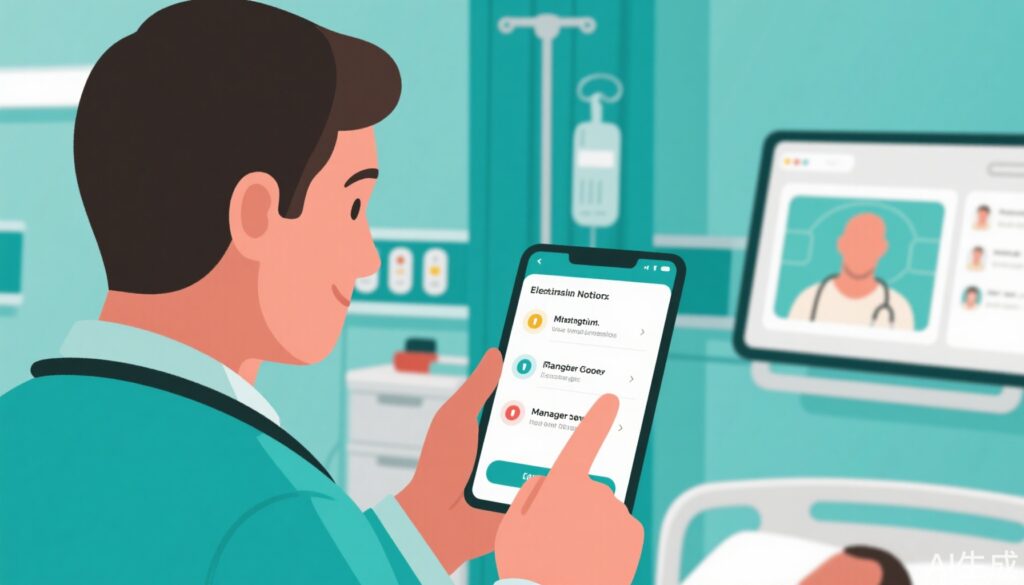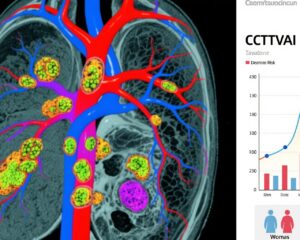Background
Symptomatic severe aortic stenosis (AS) is a significant cardiovascular condition that often goes undertreated, leading to high mortality rates. Despite advancements in aortic valve replacement (AVR) techniques, especially with the rise of transcatheter therapies, many patients still do not receive timely intervention. This study aims to evaluate the impact of electronic provider notifications (EPNs) on increasing the rates of AVR within one year of diagnosis for patients with severe asymptomatic aortic stenosis.
Methods
We conducted a pragmatic cluster randomized clinical trial across multiple sites within an academic health system from March 2022 to November 2023. A total of 285 healthcare providers who had ordered transthoracic echocardiograms (TTE) revealing potential severe AS, defined as an aortic valve area of ≤1.0 cm², were enrolled in this study. Providers were randomly assigned to either receive EPNs for their patients diagnosed with severe AS or to continue with usual care, which did not include these notifications. The notifications provided timely alerts about the severe AS diagnosis along with tailored clinical guidelines for managing the condition. The primary outcome measure was the proportion of patients who underwent AVR within one year of their initial TTE assessment.
Results
In total, 144 providers were allocated to the intervention group while 141 were assigned to the control group, resulting in 496 and 443 patients respectively. The average age of participants was 77±11 years, with 47% being female, and a mean aortic valve area of 0.8±0.1 cm². The results indicated that the rate of patients undergoing AVR within one year was significantly higher in the EPN group at 48.2% compared to 37.2% in the control group (odds ratio [OR], 1.62 [95% CI, 1.13-2.32]; P=0.009). Among symptomatic patients, the rates were even more promising, with 60.7% in the EPN group versus 46.5% in the control group (OR, 1.77 [95% CI, 1.17-2.65]; P=0.006).
EPNs were particularly beneficial for patients over 80 years old (OR, 2.00 [95% CI, 1.17-3.41]; P=0.01), for female patients (OR, 2.78 [95% CI, 1.69-4.57]; P<0.001), and those whose TTE was performed during an inpatient stay (OR, 2.49 [95% CI, 1.44-4.31]; P<0.001). Notably, the restricted mean survival time showed that patients in the EPN group lived longer, with an increase of 12 days in all patients (P=0.04) and 23 days for symptomatic patients (P=0.01).
Conclusions
This study is the first to explore the efficacy of EPNs specifically for patients with valvular heart disease, particularly severe aortic stenosis. The findings indicate that EPNs significantly improved the rates of AVR procedures in this patient population, reduced disparities related to sex and age in access to AVR, and enhanced overall survival time. EPNs appear to be a scalable and straightforward approach to increasing awareness of critical findings from TTE and improving care quality for patients suffering from severe aortic stenosis.
Registration
The study is registered at ClinicalTrials.gov: URL: https://www.clinicaltrials.gov; Unique identifier: NCT05230225.


